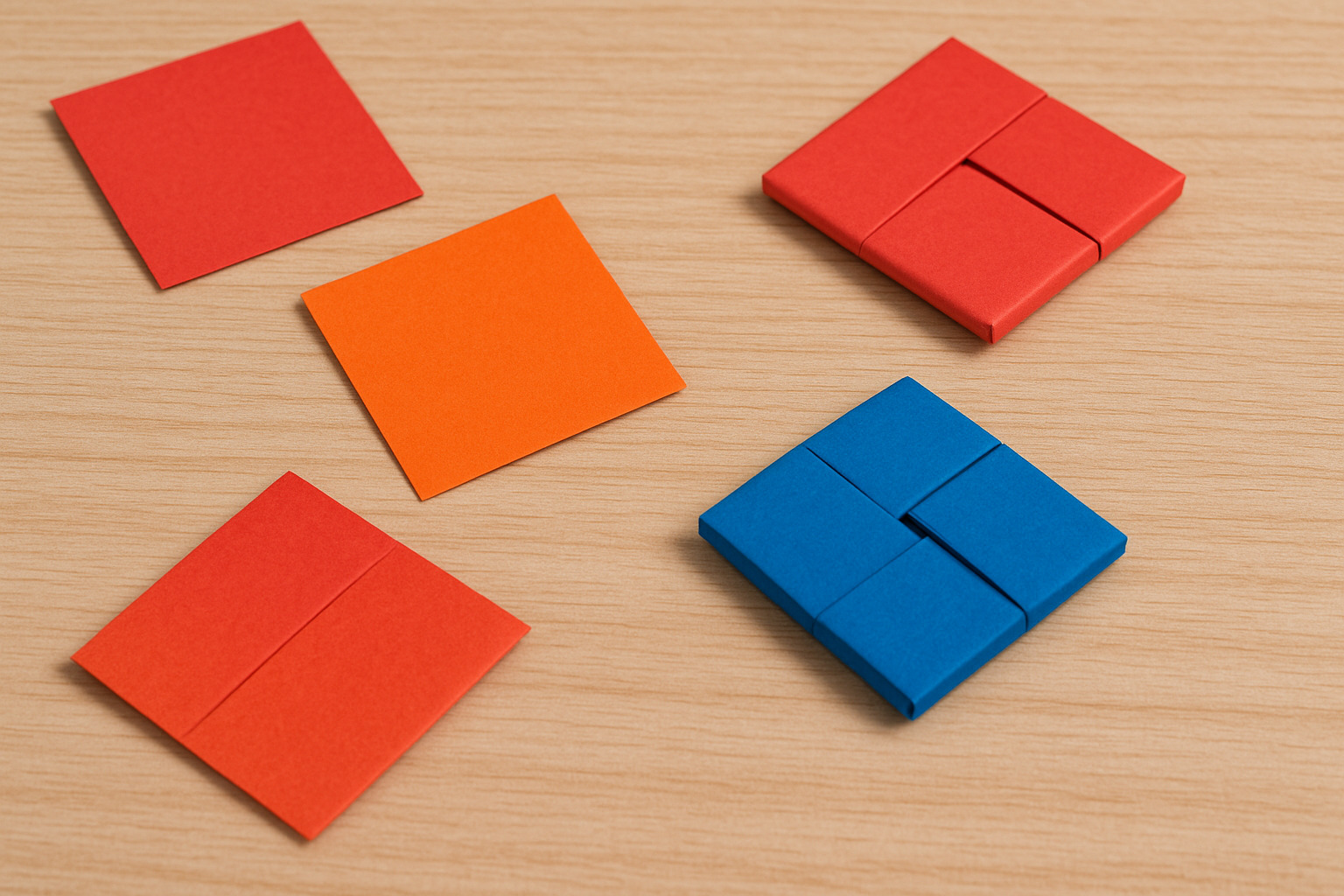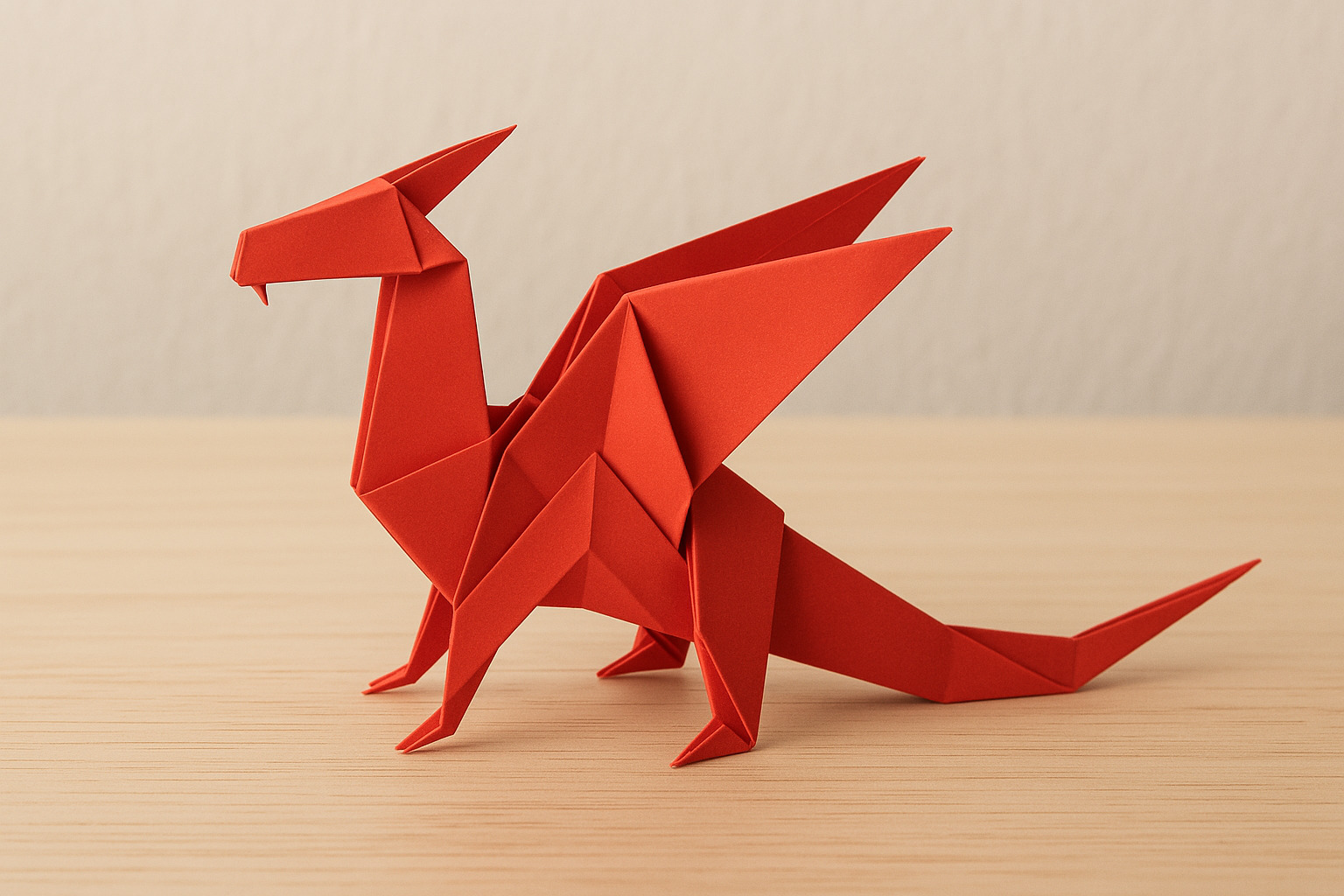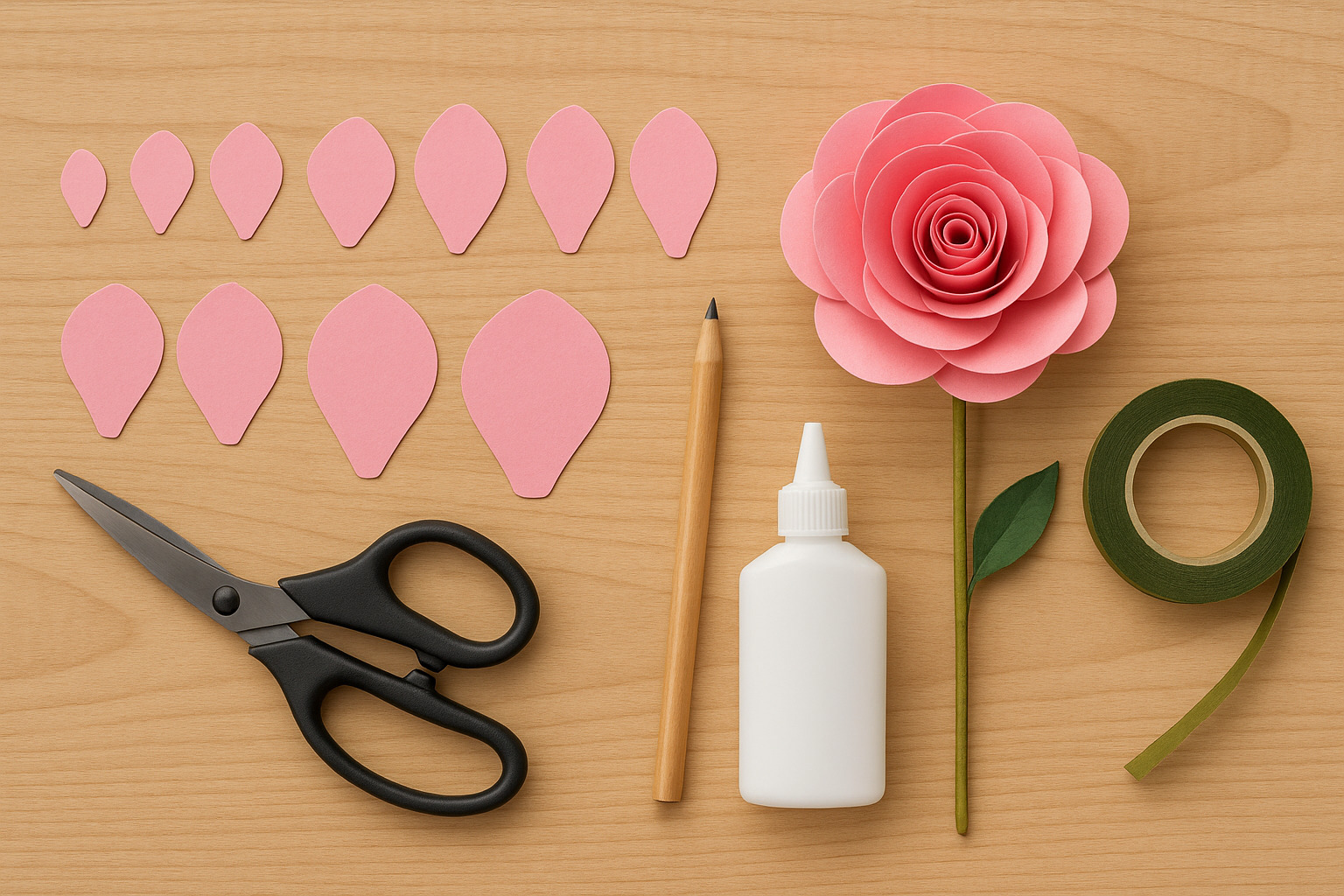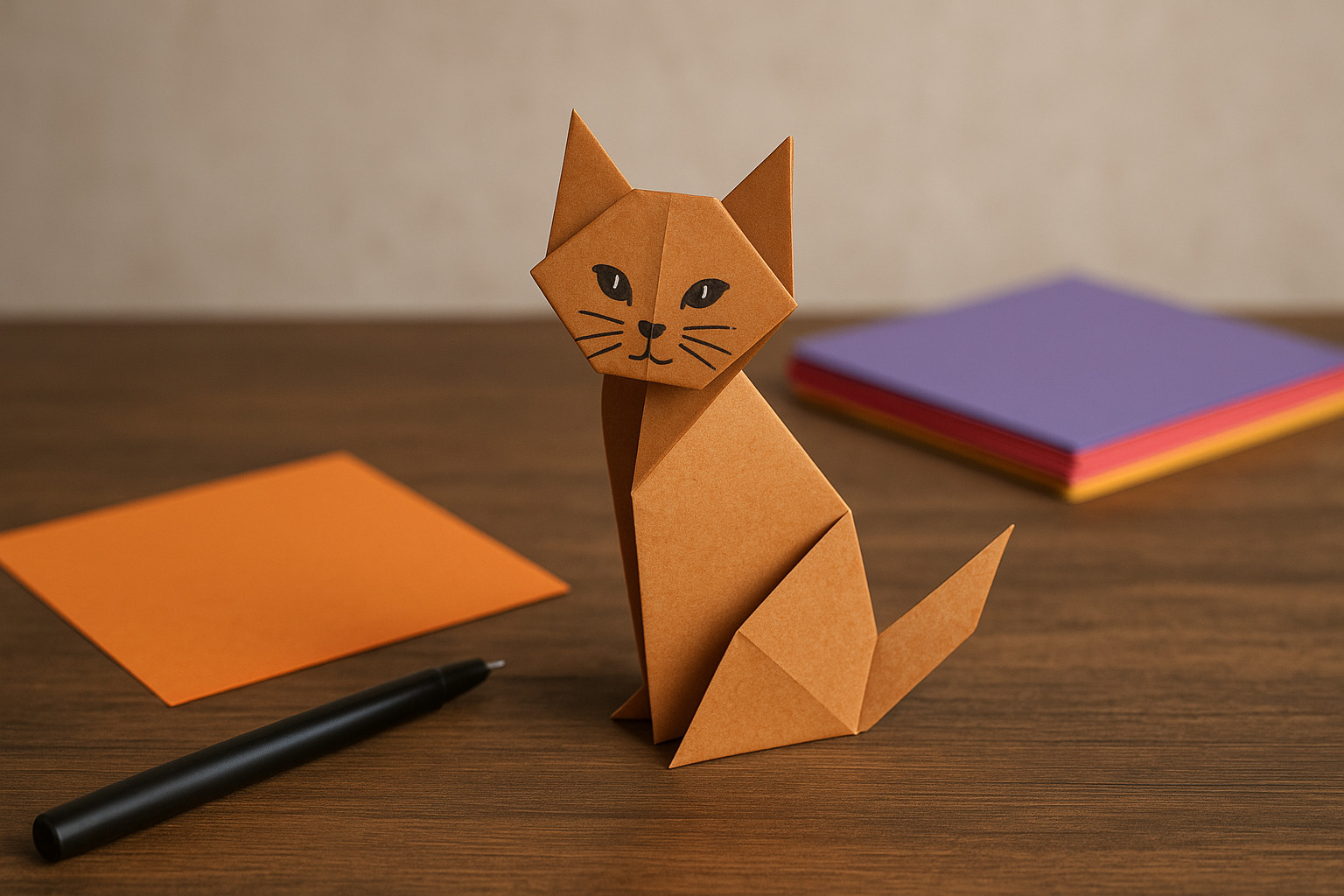Ddakji is a traditional Korean game using folded paper tiles, made popular again by K-dramas and viral challenges. Two players try to flip each other’s tiles by slamming their own down. It’s simple, fast-paced, and satisfying—especially when you’ve crafted the tile yourself.
This guide shows you how to make ddakji with precision, using only paper and basic folds. No glue, no tape—just proper creases and the right angles.
Materials Needed
- Two square sheets of colored paper (same size, preferably 15 cm x 15 cm)
- A flat surface for folding
If you’re making tiles for a game with multiple players, use different colors to distinguish each tile.
Step-by-Step Instructions
1. Fold Each Paper Into a Strip
- Start with the first square.
- Fold it in half horizontally. Crease firmly.
- Open it. Fold the left and right edges toward the center crease.
- You’ll have a long rectangular strip—about ¼ the width of the original square.
Repeat with the second square.
2. Shape Each Strip into a U
- Take one strip and fold it into a U-shape.
- The two ends should meet near each other but not overlap.
Do the same with the second strip. These will interlock.
3. Interlock the Two U-Shapes
- Hold one U vertically and the other horizontally.
- Insert one arm of the vertical U into the horizontal U.
- Tuck each flap over and under the other until they form a flat square.
- Every flap must be secured—there should be no loose ends.
This interlocking creates the tile’s weight and durability, which are key for gameplay.
Tips for a Better Ddakji Tile
- Use thicker origami paper: Standard printer paper is too flimsy.
- Crease sharply: A bone folder or the side of a pen can help.
- Test flips: Your ddakji should be dense enough to flip another but light enough to fly.
If it doesn’t flip, adjust how tightly you fold each strip.
Ways to Customize Your Ddakji
Want to give your tiles a personal touch? Try these ideas:
- Add stickers or doodles on each side.
- Use patterned origami paper for visual interest.
- Color-code teams with different sets.
- Create jumbo tiles using A4 paper trimmed into squares.
Avoid gluing—ddakji’s fold-based design is part of the challenge and charm.
How to Play Ddakji
- Decide who goes first with rock-paper-scissors.
- Place one tile flat on the ground.
- The other player slams their tile onto it, aiming to flip it.
- If it flips, that player scores.
- Take turns until a winner emerges.
Best played on a hard floor or table. Outdoor surfaces like concrete can scuff the paper too quickly.
Craft and Game in One
Making ddakji is a quick paper craft that turns into a fast-action game. It’s suitable for kids, party challenges, or simple pastimes between friends.
The folds matter. The weight matters. Each tile carries the imprint of your hands and the tension of each throw. If you’re after something simple but kinetic, ddakji delivers.
Try building a full set and hosting a mini tournament. The only materials you need are paper, patience, and a little force.




